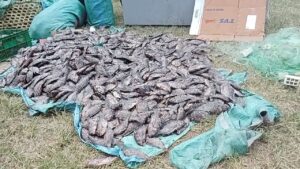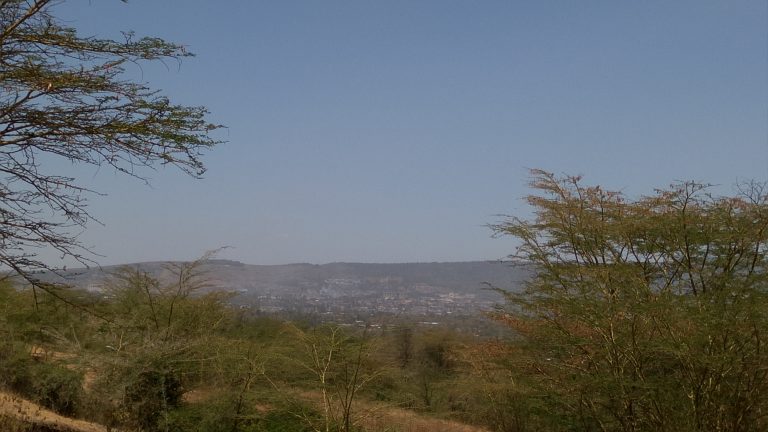Nakuru, Kenya – July 23, 2025 In a major turnaround for local fisheries and communities, recent laboratory tests have confirmed that fish from Lake Nakuru are now safe for human consumption. This announcement comes after years of concern over contamination and health risks linked to heavy metals and industrial pollutants.
The Kenya Marine and Fisheries Research Institute (KMFRI) conducted a comprehensive assessment between April and June 2025. Their findings revealed that levels of toxic substances—including lead, chromium, and arsenic—have dropped significantly. These contaminants, once found in concentrations exceeding international safety standards, now fall within acceptable limits set by the World Health Organization (WHO) and the East African Community (EAC).

Experts attribute the improvement to coordinated efforts by Nakuru County, the Kenya Wildlife Service (KWS), and the National Environment Management Authority (NEMA). Since late 2024, these agencies have implemented wastewater treatment upgrades, enforced stricter controls on industrial discharge, and established buffer zones to reduce runoff into the lake.
For local fishermen and traders, the news is a lifeline. Many had faced economic hardship due to previous bans and confiscations of fish deemed unsafe. “This is a welcome change. Many families depend on fishing activities to survive,” said a trader from Nakuru town.
Authorities plan to lift the consumption ban officially within the month. A joint lakeshore task force will be formed to monitor fish quality quarterly and ensure transparency. The Ministry of Blue Economy and Fisheries is also preparing to audit fish processing facilities around the lake in August 2025.
While the results are promising, experts warn that continued vigilance is essential. Sustainable fishing practices and strict pollution controls must be maintained to prevent future contamination.




